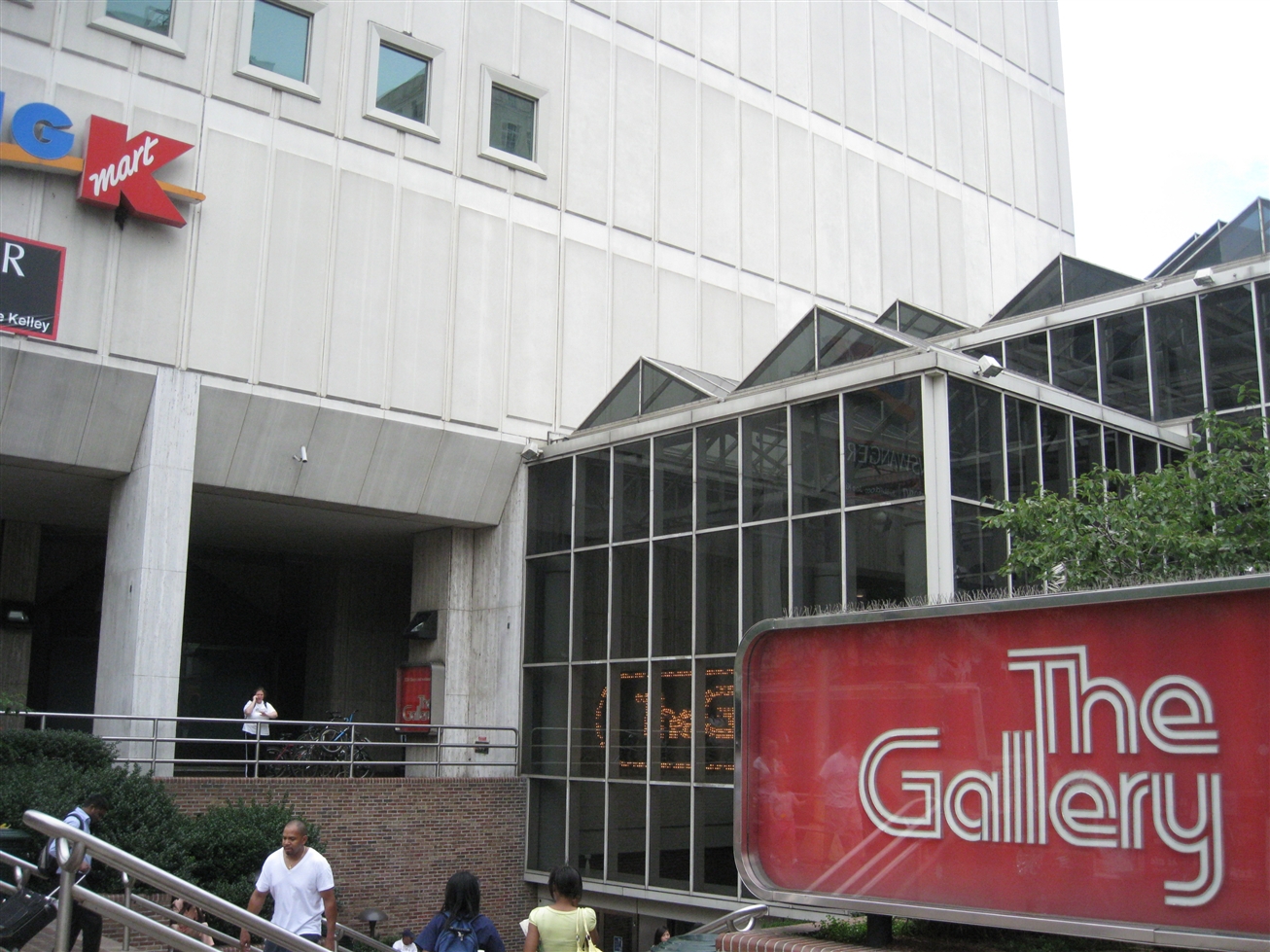Macy's At Home Again in Center City

Why aren't Philadelphians making a bigger deal about the recent opening of Macy's new housewares department in its grand Center City store? Ever since the Market Street Strawbridge's closed in 2006, downtown residents have had very few outlets to purchase the necessities of good housekeeping , like sheets, towels and blankets.
Of course you could always visit K-Mart in the Gallery, which claims to feature Martha Stewart products. More often than not, though, the thing you came to buy would not be on the shelf. Or it wouldn't exist in the size you needed. Or the design quality was so horrendous that you just couldn't make yourself buy it. The experience always made me suspect the K in K-Mart actually stood for Kaos. The alternative was to trek out to the periphery, to a Target or a BedBathAndBeyond. But the odds of finding the right thing were in those places were only marginally better.

But now my prayers have been answered in the most wonderful way. Macy's has opened a real housewares department in a closed-0ff section of the third floor, a gorgeous high-ceiling space with an intact forest of the great old Wanamaker columns. Macy's basically painted the architecture white and threw in some new lights, but that's okay. It does the soul good to be able to squeeze the down pillows (Levels, 1,2 and 3) in such a glorious room. Macy's has made the whole housewares-buying experience far more civilized by offering an excellent selection of products, neatly displayed on dark wood shelves. Besides bedding and towels, they also sell kitchen items, vacuums, luggage and fancy dishes and silverware, at prices that seem competitive with Target's. The only odd note is that they have chosen to staff this domestic paradise with teenage boys.
Otherwise it's just like being in the suburbs!













